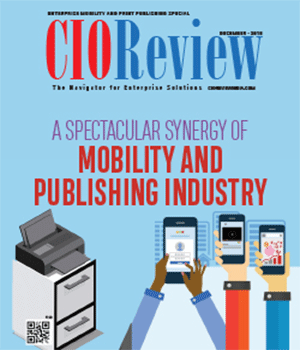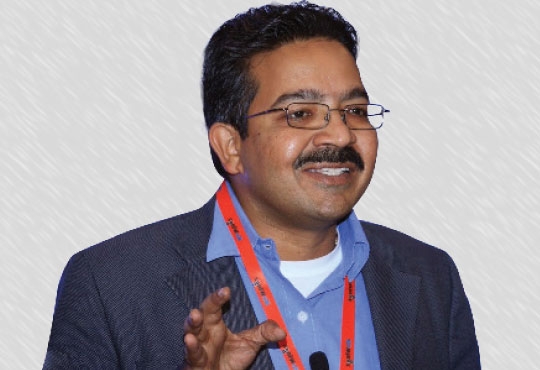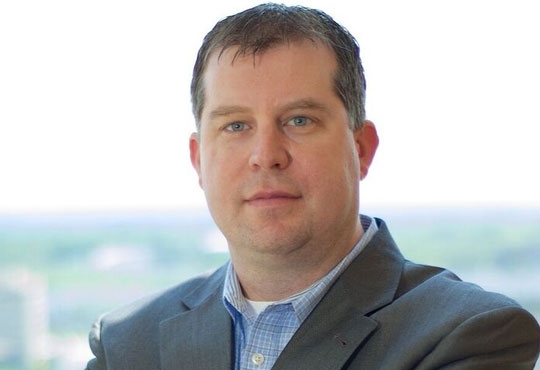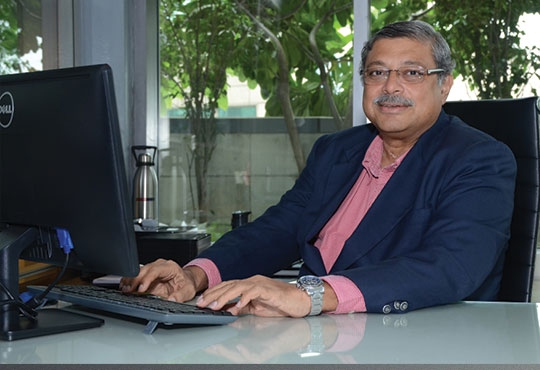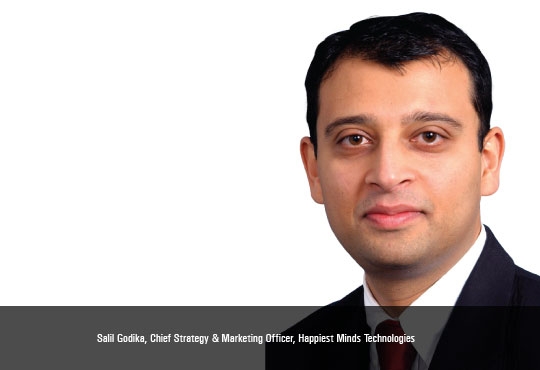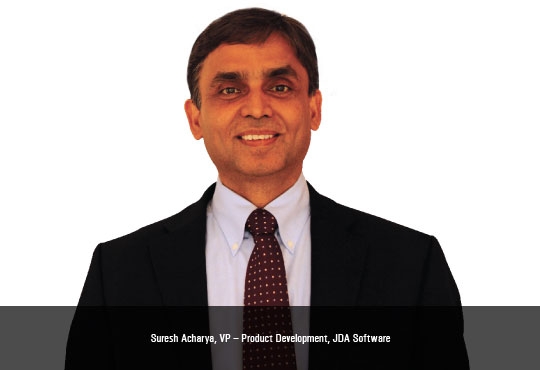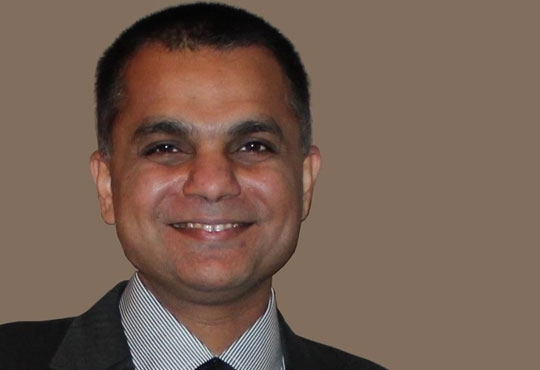
Hyperloop's Latest Test Run And The Future Of Mobility
Aveek Pal Chaudhuri, Online Content Writer | Tuesday, 24 November 2020, 08:01 IST
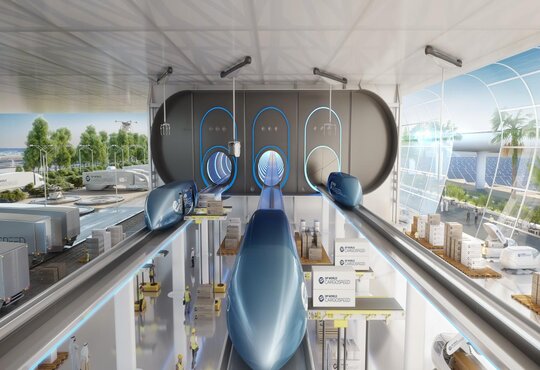
On Sunday, the human civilization witnessed the successful testing of the Virgin Hyperloop. It was tested with human travel in the high-speed levitating system. The test was conducted for the first time ever.
The hyperloop pod, transporting two passengers, which were a company’s two executives, in almost an airless tube, reached speeds of 107 mph (nearly 160 km/h) in 6.25 seconds.
In 15 seconds, the pod travelled down Virgin’s DevLoop 500 metre test track in the desert, located, outside, Las Vegas, Nevada. Virgin Hyperloop previously ran 400 plus tests without in-taking passengers.
Virgin Hyperloop utilizes magnetic levitation for lifting the pod over the track and pushing it forward to vacuum tube.
Virgin Hyperloop has plans of building a network comprising vacuum tubes and levitating pods for hurtling passengers at speeds of 600 mph.
According to Reuters, a ride, between New York and Washington, in the final journey of the Hyperloop pod, as decided, would complete within just 30 minutes, which exemplifies a speed twice as fast as a commercial jet flight and four times faster than a high-speed train.
The people who traveled in the two-seater Experimental-Pod-2 (XP-2) were Josh Giegel, Virgin Hyperloop's Chief Technology Officer and Co-Founder, and Sara Luchian, Head Of Passenger Experience. It included seat belts, leather seats and small windows.
According to Giegel, “The journey felt not that much different than traveling in an accelerating sports car.” And Luchian stated that it was much a smooth ride than the expectation. (Published in New York Times).
Virgin stated, "While the production vehicle will be larger and seat up to 28 passengers, this two-seater XP-2 vehicle was built to demonstrate that passengers can in fact safely travel in a hyperloop vehicle."
From Tesla CEO Elon Musk’s concept of high-speed passenger pod transport, which Elon Musk proposed in 2013, Virgin Hyperloop stems. Musk then created The Boring Company, for digging tunnels, for his proposed “Loop” and “Hyperloop” transit systems.
Founded in 2014, Virgin Hyperloop is a wing of Hyperloop Technologies. It was till Richard Branson joined the board of directors in 2017 and changed the company name. It is known as Hyperloop One.
In the previous month, the company declared that it would build a $500 million facility in West Virginia, for testing its super high-speed travel system.
Sultan bin Sulayem, Chairman, Virgin Hyperloop and Group Chairman, and CEO of DP World, said, “We are exploring ways in which the hyperloop can become a part of the solution to tackle congestion and support economic growth in Bengaluru. Beyond just the transit of passengers, airports are crucial conduit for goods, especially time-sensitive deliveries.”
Future of Mobility
Already, Bangalore International Airport Limited (BIAL) and Virgin Hyperloop, signed an MoU for a feasible study of linking Kempegowda International Airport (KIA) with Bangalore city, via a high-speed hyperloop transportation. When successful, this project will be the first hyperloop transportation system in India. Travelers will be able to streamline their multimodal trip with a seamless check-in and security for both commutes in hyperloop and air travel, at centrally-situated hyperloop portals.
An American transportation technology company, Virgin Hyperloop works to commercialize the high-speed hyperlooping technology concept, claiming that it is the only company in the world, which successfully tested the technology at scale, and launched the first new mode of mass transportation in more than 100 years.
The company, using electric propulsion and electromagnetic levitation under near-vacuum conditions in Texas, United States, successfully operated a full-scale hyperloop vehicle. It implemented a fundamentally new form of transportation – faster, safer, cheaper, and sustainable. It is now working with governments, partners, and investors. Around the world, the company would make hyperloop a reality in the following years to come.
Within a range of distances between 400km and 1500km, hyperloop is predicted to provide optimal solution, as in this distance range, a train starts becoming uncomfortable and a plane attains inefficiency. It is this hyperloop, which can become the key tool when commercialized. The hyperloop also aligns with the Paris Agreement and the climate objectives set for the years ahead.
Stated in the UN Sustainable Development Goal (SDG) number 8, decent work, and economic growth, the deployment of new sustainable mobility technologies like hyperloop, as per infrastructure, recognizes it as a significant contributor to a generation qualified employment, both in design, and material execution.
Simultaneously, the deployment of hyperloop will have positive outcomes in social, economic, and environmental spheres. It will enhance commercial relations, amplify, and meet the transit of passengers and goods, decrease the time for travel and waiting, pollution-free, and territory structuring. In conclusion, it will ardently contribute to the economic development, as well as societal progress.
CIO Viewpoint
Creating Holistic Mobile Strategies For Entire...
By Sheldon Monteiro, Chief Technology Officer, SapientNitro
Turning Technology Disruptions into Business...
By Shankar M V, Director Technology Planning & Innovation, Cummins India
Smarter, Better, Faster Business with the Cloud...
By Daniel M. Horton, CIO, Michael Baker International
CXO Insights
Vehicle Telematics - Mobility Towards the Future
By P. Ravishankar, EVP : Sales - Marketing - Aftermarket, Volvo Eicher
When the Internet of Things met Analytics
By Salil Godika, Chief Strategy & Marketing Officer, Happiest Minds Technologies
Visualize the Correlation of Variety of Big Data


